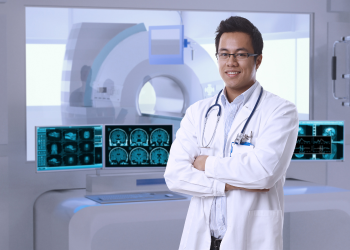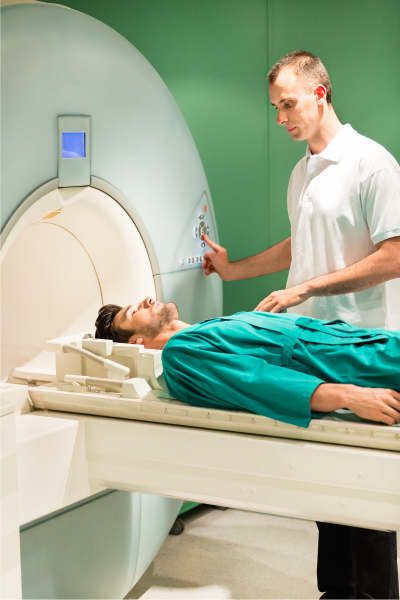
Magnetic Resonance Imaging (MRI)

About Magnetic Resonance Imaging (MRI)
Magnetic resonance imaging (MRI) is a sophisticated medical imaging technique that uses powerful magnets and radio waves to create detailed images of the inside of the body. It’s like taking high-definition pictures of your organs and tissues without using harmful radiation.
Types Magnetic Resonance Imaging (MRI)

Diagnostic MRI Test
Diagnostic MRI is the most common type of MRI exam. It produces detailed images of internal organs, bones, joints, and soft tissues to help diagnose medical conditions such as tumors, injuries, infections, and neurological disorders.

Functional MRI (fMRI)
Functional MRI (fMRI) is a specialized type of MRI that measures brain activity by detecting changes in blood flow. It’s used to map brain function and identify areas of the brain that are active during specific tasks or stimuli.

Magnetic Resonance Angiography (MRA)
Magnetic resonance angiography (MRA) is used to visualize blood vessels and blood flow in the body. It’s commonly used to evaluate the arteries and veins in the brain, neck, chest, abdomen, and legs.
What is Magnetic Resonance Imaging (MRI)?
Magnetic resonance imaging (MRI) is a non-invasive imaging technique that produces detailed images of organs, tissues, and structures inside the body. It uses a strong magnetic field and radio waves to generate images that provide valuable information for diagnosing medical conditions.
Importance of Magnetic Resonance Imaging (MRI)
MRI is important because it provides detailed images of the body’s internal structures without using radiation. It’s a versatile imaging tool used in various medical specialties, including radiology, neurology, orthopedics, oncology, and cardiology, for diagnosing and monitoring medical conditions.

Benefits of Magnetic Resonance Imaging (MRI)
- High-Quality Images: MRI produces high-resolution images that provide detailed information about the anatomy and function of organs and tissues.
- Non-Invasive: MRI is a non-invasive imaging technique that does not require incisions or exposure to radiation, making it safe for patients of all ages.
- Multi-Planar Imaging: MRI allows imaging in multiple planes (sagittal, coronal, axial), providing comprehensive views of the body’s structures from different angles.
- No Known Side Effects: MRI does not have any known side effects, although some patients may experience claustrophobia or discomfort from lying still inside the scanner.
Contact Us For More Detail

